-
 bitcoin
bitcoin $120167.907534 USD
1.27% -
 ethereum
ethereum $4468.611945 USD
2.53% -
 xrp
xrp $3.013607 USD
1.80% -
 tether
tether $1.000549 USD
-0.01% -
 bnb
bnb $1092.592149 USD
6.28% -
 solana
solana $231.391244 USD
4.59% -
 usd-coin
usd-coin $0.999699 USD
-0.04% -
 dogecoin
dogecoin $0.259020 USD
4.30% -
 tron
tron $0.342747 USD
0.34% -
 cardano
cardano $0.860977 USD
1.07% -
 hyperliquid
hyperliquid $50.155412 USD
5.34% -
 chainlink
chainlink $22.637678 USD
0.46% -
 ethena-usde
ethena-usde $1.000528 USD
-0.07% -
 avalanche
avalanche $30.613779 USD
-0.07% -
 stellar
stellar $0.403905 USD
0.94%
How do I set up a MetaMask multi-signature wallet?
MetaMask integrates with Gnosis Safe to enable secure multi-signature wallets, requiring multiple approvals for transactions and enhancing protection against theft or loss.
Sep 26, 2025 at 04:55 am
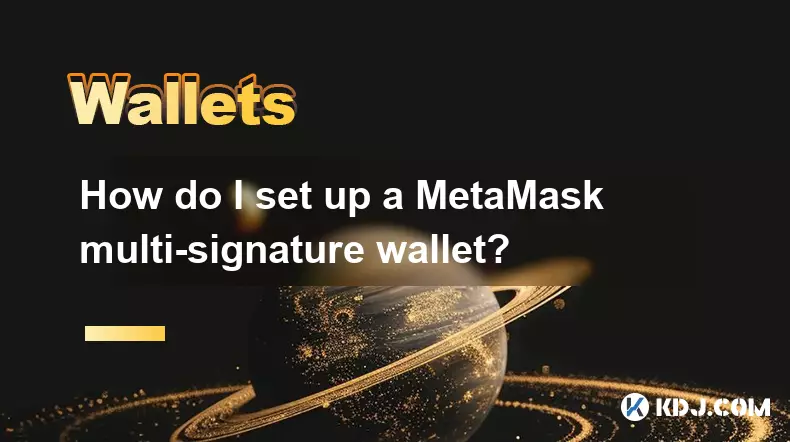
Understanding MetaMask and Multi-Signature Wallets
1. MetaMask is a widely used cryptocurrency wallet that allows users to interact with the Ethereum blockchain and various decentralized applications (dApps). While MetaMask itself does not natively support multi-signature functionality, it can be integrated with third-party smart contract platforms that enable multi-sig setups.
2. A multi-signature wallet requires more than one private key to authorize a transaction. This enhances security by distributing control among multiple parties, reducing the risk of theft or loss from a single compromised key.
3. To set up a multi-sig wallet compatible with MetaMask, users typically rely on protocols like Gnosis Safe (formerly Safe{Wallet}), which operates as a smart contract on Ethereum and other EVM-compatible chains.
4. Once configured, the multi-sig contract address can be added to MetaMask as a watched or imported account, allowing seamless interaction through the familiar MetaMask interface.
5. The process involves deploying a smart contract via the Gnosis Safe web interface, configuring owner addresses (which can include your MetaMask address), and defining the required number of confirmations for transactions.
Step-by-Step Setup Using Gnosis Safe
1. Navigate to the official Gnosis Safe website and connect your MetaMask wallet to begin the setup process. Ensure you are using the correct network (e.g., Ethereum Mainnet, Polygon, etc.) based on your needs.
2. Click on “Create new Safe” and select the blockchain network where you want the multi-sig wallet deployed. Be aware that deployment incurs a gas fee paid in the native token of that network.
3. Add the Ethereum addresses of the owners who will control the wallet. These can be individual MetaMask wallets or other external accounts. You must specify how many signatures are required to execute a transaction (e.g., 2 out of 3).
4. Review the configuration details and confirm the creation. After signing the transaction with your MetaMask wallet, the smart contract will be deployed on-chain.
5. Once deployed, copy the Safe’s contract address and add it to MetaMask by selecting “Import Account” or “Watch Address” to monitor balances and initiate transactions directly from the extension.
Managing Transactions and Security Protocols
1. Every outgoing transaction from the multi-sig wallet must be proposed and then confirmed by the required number of owners. One owner initiates the transaction through the Gnosis Safe interface, and others review and approve it using their connected wallets.
2. Transaction nonce and execution order are managed automatically by the Safe contract, preventing replay attacks and ensuring atomicity.
3. Users should store backup recovery phrases and private keys securely for each owner wallet. Losing access to enough owner keys may permanently lock funds if the signature threshold cannot be met.
4. Enable optional modules such as spending limits or delegate permissions through the Gnosis Safe dashboard to further customize control mechanisms without altering the core ownership structure.
5. Regularly update session security settings in MetaMask and avoid connecting to untrusted dApps while managing high-value multi-sig accounts.
Frequently Asked Questions
What happens if one of the signers loses their private key? If an owner loses access to their wallet and no backup exists, recovery depends on whether the remaining signers meet the approval threshold. Otherwise, funds may become inaccessible. It is critical to establish secure backup procedures and potentially use social recovery solutions alongside multi-sig setups.
Can I change the number of required signatures after deployment? Yes, but only through an approved transaction via the current configuration. Altering the threshold requires meeting the existing signature requirement. For example, changing from 2/3 to 3/3 needs two confirmations initially, then all three for future changes.
Is the Gnosis Safe contract audited and secure? Gnosis Safe has undergone multiple independent security audits and is widely adopted across the DeFi space. Its open-source nature allows continuous community scrutiny, making it one of the most trusted frameworks for multi-signature wallets.
Can I use hardware wallets with Gnosis Safe? Absolutely. Each owner can link their Gnosis Safe instance to hardware wallets like Ledger or Trezor through MetaMask or direct integration in the Safe interface, adding an extra layer of physical protection against online threats.
Disclaimer:info@kdj.com
The information provided is not trading advice. kdj.com does not assume any responsibility for any investments made based on the information provided in this article. Cryptocurrencies are highly volatile and it is highly recommended that you invest with caution after thorough research!
If you believe that the content used on this website infringes your copyright, please contact us immediately (info@kdj.com) and we will delete it promptly.
- BlockDAG, DOGE, HYPE Sponsorship: Crypto Trends Shaping 2025
- 2025-10-01 00:25:13
- Deutsche Börse and Circle: A StableCoin Adoption Powerhouse in Europe
- 2025-10-01 00:25:13
- BlockDAG's Presale Buzz: Is It the Crypto to Watch in October 2025?
- 2025-10-01 00:30:13
- Bitcoin, Crypto, and IQ: When Genius Meets Digital Gold?
- 2025-10-01 00:30:13
- Stablecoins, American Innovation, and Wallet Tokens: The Next Frontier
- 2025-10-01 00:35:12
- NBU, Coins, and Crypto in Ukraine: A New Yorker's Take
- 2025-10-01 00:45:14
Related knowledge
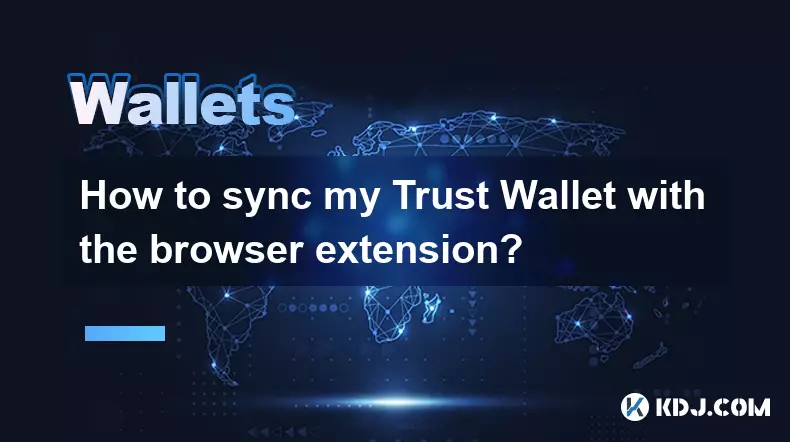
How to sync my Trust Wallet with the browser extension?
Oct 03,2025 at 06:19pm
Understanding Trust Wallet and Browser Extension IntegrationTrust Wallet is a popular non-custodial cryptocurrency wallet that supports a wide range o...

How to get the Trust Wallet browser extension?
Oct 01,2025 at 12:37am
How to Access the Trust Wallet Browser Extension1. Visit the official Trust Wallet website through a secure internet connection. Navigate to the downl...

How to interact with a DApp using Trust Wallet?
Oct 02,2025 at 10:00pm
Connecting Trust Wallet to a DApp1. Open the Trust Wallet app on your mobile device and ensure your wallet is unlocked with access to your assets. Nav...
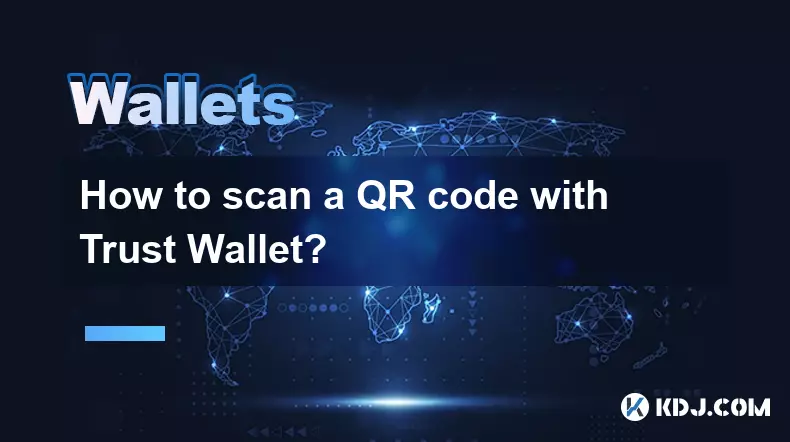
How to scan a QR code with Trust Wallet?
Oct 02,2025 at 03:37pm
Understanding QR Codes in Trust Wallet1. QR codes are widely used in cryptocurrency applications to simplify transaction processes. Trust Wallet lever...
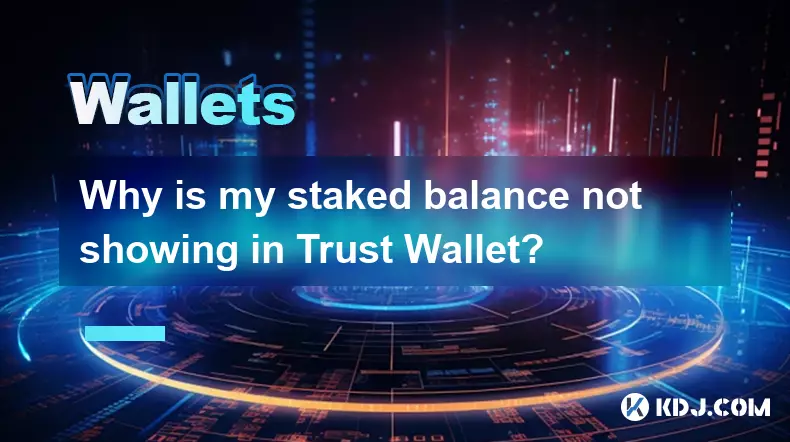
Why is my staked balance not showing in Trust Wallet?
Oct 01,2025 at 12:54am
Understanding Decentralized Exchanges in the Crypto Ecosystem1. Decentralized exchanges (DEXs) operate without a central authority, allowing users to ...
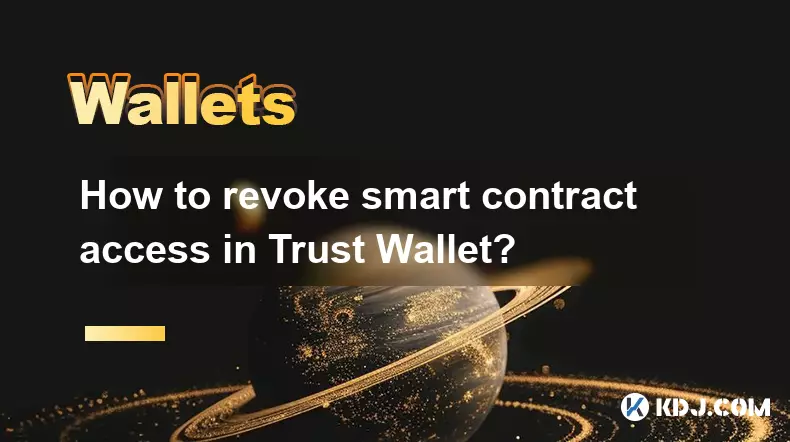
How to revoke smart contract access in Trust Wallet?
Oct 01,2025 at 12:54pm
Understanding Smart Contract Access in Trust Wallet1. Smart contracts are self-executing agreements built on blockchain networks, commonly used in dec...

How to sync my Trust Wallet with the browser extension?
Oct 03,2025 at 06:19pm
Understanding Trust Wallet and Browser Extension IntegrationTrust Wallet is a popular non-custodial cryptocurrency wallet that supports a wide range o...

How to get the Trust Wallet browser extension?
Oct 01,2025 at 12:37am
How to Access the Trust Wallet Browser Extension1. Visit the official Trust Wallet website through a secure internet connection. Navigate to the downl...

How to interact with a DApp using Trust Wallet?
Oct 02,2025 at 10:00pm
Connecting Trust Wallet to a DApp1. Open the Trust Wallet app on your mobile device and ensure your wallet is unlocked with access to your assets. Nav...

How to scan a QR code with Trust Wallet?
Oct 02,2025 at 03:37pm
Understanding QR Codes in Trust Wallet1. QR codes are widely used in cryptocurrency applications to simplify transaction processes. Trust Wallet lever...

Why is my staked balance not showing in Trust Wallet?
Oct 01,2025 at 12:54am
Understanding Decentralized Exchanges in the Crypto Ecosystem1. Decentralized exchanges (DEXs) operate without a central authority, allowing users to ...

How to revoke smart contract access in Trust Wallet?
Oct 01,2025 at 12:54pm
Understanding Smart Contract Access in Trust Wallet1. Smart contracts are self-executing agreements built on blockchain networks, commonly used in dec...
See all articles










































































